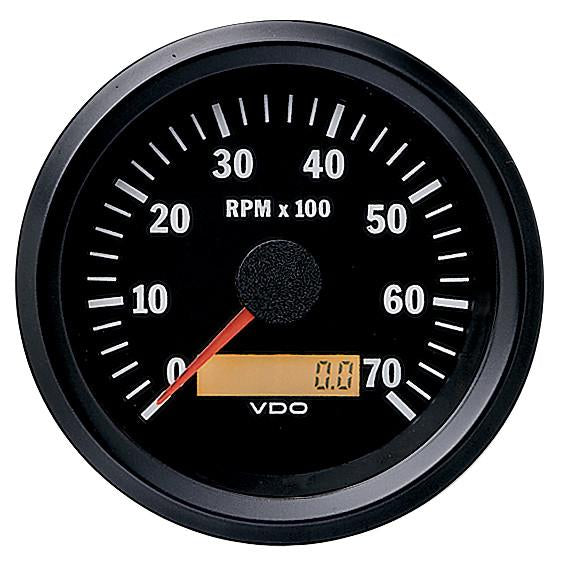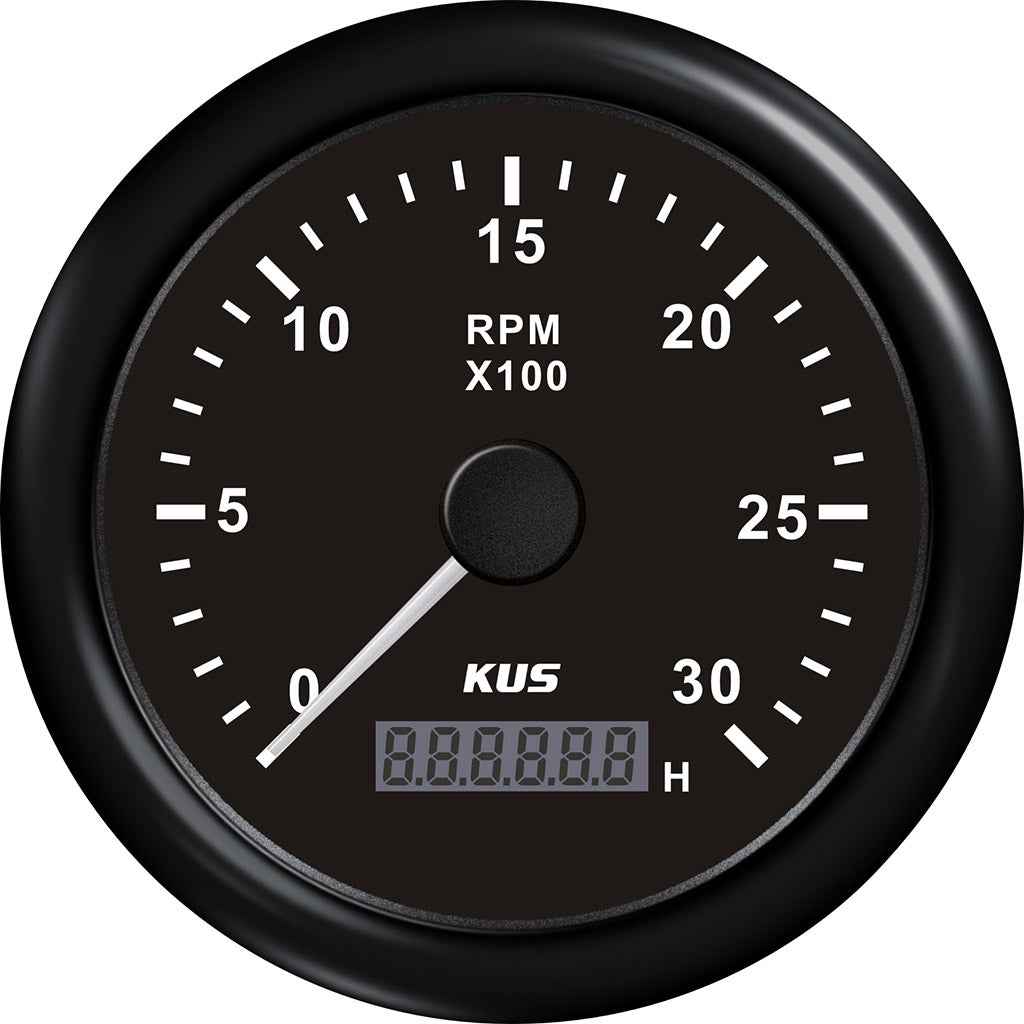Tachometer Buying Guide: Features to Look for and Ideal Brand names
Tachometer Buying Guide: Features to Look for and Ideal Brand names
Blog Article
The Significance of a Tachometer in Checking Engine Speed and Efficiency in Automotive Applications
In the realm of vehicle engineering, the tachometer stands as an essential instrument in the motorist's toolbox, offering a straight window right into the inner workings of an automobile's engine. Beyond its function as a plain gauge of revolutions per min (RPM), the tachometer works as a crucial tool for fanatics and specialists alike, using real-time insights right into engine efficiency and wellness. Comprehending the relevance of this device goes past surface-level monitorings, delving into the complex partnership between engine speed, power outcome, and total driving experience. As we discover the multifaceted role of the tachometer in vehicle applications, a much deeper appreciation for its influence on car characteristics and performance starts to emerge.
Relevance of Monitoring Engine RPM
Monitoring engine RPM, or revolutions per min, is a critical aspect of automotive upkeep and performance assessment. Engine RPM directly correlates with the rate at which the engine's crankshaft revolves, suggesting exactly how quickly the engine is running - tachometer. By monitoring RPM, mechanics can analyze the wellness of the engine, find prospective problems, and fine-tune performance. An irregular RPM analysis may signal troubles such as engine misfires, malfunctioning ignition system, or issues with the gas delivery system. Consistently high RPM analyses might indicate hostile driving routines or the requirement for a greater equipment shift to boost fuel efficiency.
In addition, keeping an eye on engine RPM is important for efficiency assessment in auto racing and high-performance automobiles. Maintaining ideal RPM levels is vital for achieving peak power outcome and acceleration. Racers frequently make use of tachometers to guarantee they are running within the excellent RPM array for maximum efficiency. In recap, keeping track of engine RPM is not just important for spotting concerns but additionally for optimizing engine efficiency in numerous automobile applications.

Benefits of Real-Time Data
In auto applications, real-time information plays a crucial role in offering immediate understandings right into the efficiency and condition of the automobile. By constantly checking numerous criteria such as engine rate, temperature level, gas usage, and a lot more, real-time information uses many benefits that contribute to improved effectiveness and security when driving.
One considerable advantage of real-time data is its capacity to sharp vehicle drivers and professionals to any kind of abnormalities or problems quickly. This proactive approach makes it possible for fast recognition of prospective problems, allowing for prompt treatments to stop additional damage or failures. In addition, real-time data facilitates efficiency optimization by supplying instant feedback on driving behaviors and engine effectiveness. Chauffeurs can change their habits in real-time based on this details to accomplish better gas economic climate and lengthen the life expectancy of their car.

Additionally, real-time data plays a crucial role in contemporary auto diagnostics, enabling specialists to promptly diagnose and attend to breakdowns. This results in lowered downtime, lower maintenance costs, and ultimately, boosted total car integrity and long life (tachometer). By utilizing the power of real-time information, automotive stakeholders can make educated choices that favorably impact both the performance and durability of the lorry
Influence On Gear Shifts
The tachometer plays a critical duty in maximizing equipment changes by supplying real-time engine rate data to the chauffeur. When approaching the redline on the tachometer, it signals the chauffeur to upshift to prevent over-revving the engine and causing potential damages.
In addition, the tachometer help in accomplishing smoother gear transitions, specifically in hand-operated transmissions. By checking engine rate, chauffeurs can i thought about this perform gear changes at the ideal RPM variety, decreasing jerking activities and lessening wear on the see this page transmission components. This accuracy on duty changes not just improves driving comfort but additionally contributes to fuel performance.
Enhancing Gas Efficiency
Offered the important function the tachometer plays in optimizing equipment shifts for performance and engine health and wellness, it directly adds to maximizing gas efficiency in automotive applications. By supplying real-time comments on engine rate, the tachometer helps drivers in preserving the most effective RPM range for gas economy. When vehicle drivers regularly monitor the tachometer and change their motoring routines accordingly, they can stay clear of unneeded gas consumption created by over-revving or lugging the engine.
In addition, the tachometer helps motorists identify the most fuel-efficient equipment to be in at any given moment, protecting against the engine from functioning harder than required. This is especially critical during velocity and cruising, where remaining in the best equipment can considerably affect gas efficiency. Furthermore, the tachometer can signal drivers to prospective mechanical concerns that could be negatively impacting gas economic situation, such as a slipping clutch or a blocked air filter. Finally, the tachometer acts as a valuable tool in improving gas performance by advertising optimal driving habits and determining areas for enhancement in the automobile's efficiency.

Making The Most Of Engine Longevity
The tachometer's role in monitoring engine rate and efficiency is critical in ensuring the long life of vehicle engines. By using the tachometer efficiently, drivers can maximize engine long life with mindful RPM monitoring. Constantly look at here revving an engine as well high can lead to too much deterioration on vital components, such as the pistons, shutoffs, and bearings. Gradually, this can result in lowered engine performance and potential breakdowns. Keeping track of the tachometer permits motorists to stay within the advised RPM range for their lorry, stopping unnecessary stress on the engine and extending its life-span.

Verdict
To conclude, the tachometer plays an essential duty in keeping track of engine rate and performance in auto applications. By offering real-time information on RPM, it enables for reliable gear changes, enhanced gas efficiency, and made best use of engine durability. This device is important for keeping optimal engine efficiency and ensuring the general capability of a vehicle.
Report this page